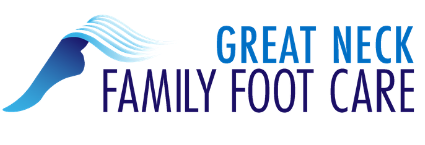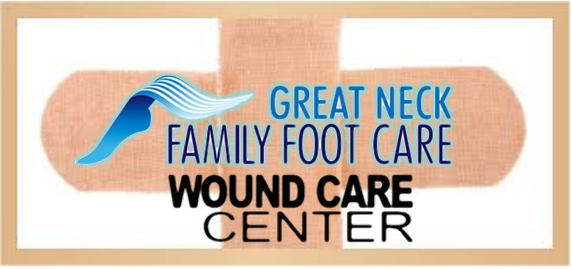27 Apr Wound Care On Long Island, Saving The Diabetic Foot
Wound Care Specialist Long Island
Wound care is a specialized area of medicine in which a team consults with, patients to determine the root cases of their wounds, which are often chronic in nature, and caused by a host of concomitant medical issues.
Our approach to wound care is one in which we bring the most technologically advanced treatments to patients who have been suffering with wounds that have been open for prolonged periods of time or have been recalcitrant to previous attempted wound intervention.
Our goal is to implement a treatment plan that is well tolerated by the patient and their families while maintaining a clear and concise limb preservation and wound care regimen to get patient back to living their lives, wound free.
In addition to healing wounds at, Great Neck Family Foot Care, we are committed to ensuring that wounds do not return. This is achieved by in-depth evaluation of all aspects of the patients activity and living environment, to implement a post healing plan to keep our patients from relapsing and presenting with recurrent or newly formed wounds.
Our office in Long Island, NY is equipped with the latest in technology, from ultrasound imaging technology, digital X-ray , electronic medical records, and laser treatments. We pride ourselves on being the leaders in wound care on Long Island.
The most common cause of wounds of the feet and lower extremity is the Diabetic Foot
Wound Risk Factors and Prevention
Diabetic foot ulceration can lead to significant disability and prolonged illness and is probably one of the most-feared complications of diabetes. Aamputation is a frequent outcome of diabetic foot ulceration, but at Great Neck Family Foot Care Wound Care Center, this is always our last option and one that is used only in extreme cases.
Common risk factors for the development of foot ulcers in diabetics include:
- Peripheral vascular disease
- Neuropathy
- Poor glycemic control
- Cigarette smoking
- Diabetic neuropathy
- Previous foot ulcerations/amputations
The most common risk factors for wounds of the lower extremity are neuropathy and peripheral vascular disease.
Neuropathy can affect autonomic, sensory and motor components of the nervous system. Compromised innervation of muscles of the foot leads to altered flexion/extension of the affected foot, which often creates anatomic abnormalities such as pressure points and bony prominences. These can predispose the patient to ulceration and skin breakdown. In addition, autonomic dysfunction leads to diminished sweating, resulting in dry skin that may develop fissures or cracks which can become susceptible to infection. Loss of sensation means that diabetic patients are often unable to feel pain when wounds are developing, allowing such wounds to progress due to ambulation and weight bearing on the affected foot.
Diabetics often experience atherosclerosis earlier and more severely than non-diabetic individuals. Peripheral vascular disease (PVD) is common in diabetics and often affects the aortoiliac segment and the superficial femoral artery. Peroneal, anterior and posterior tibials are also commonly affected in diabetics.
Contact Wound Care Center
For more information on the Wound Care Center or to schedule an appointment, call 516-482-5999 or schedule On-Line Now






Sorry, the comment form is closed at this time.